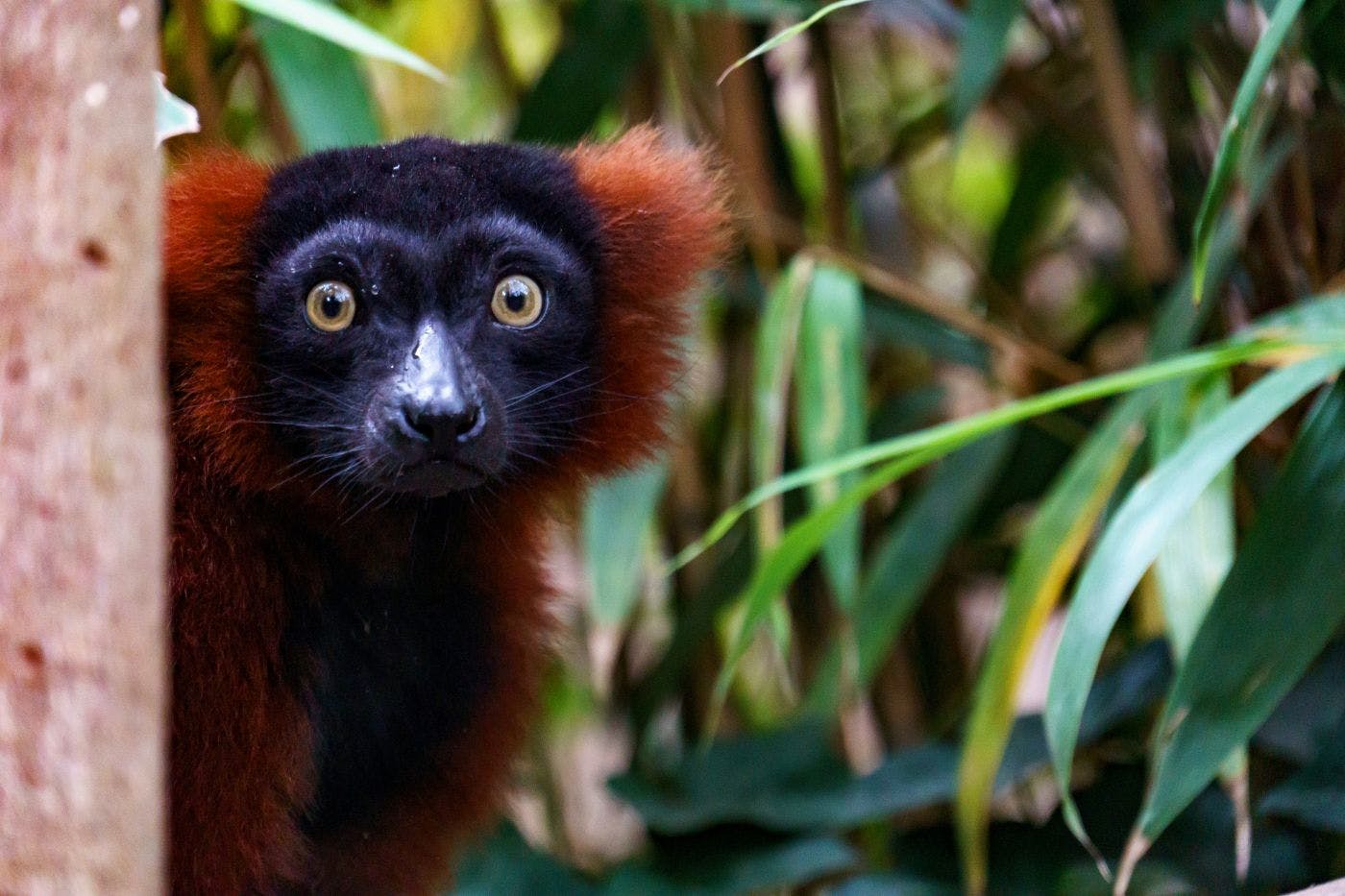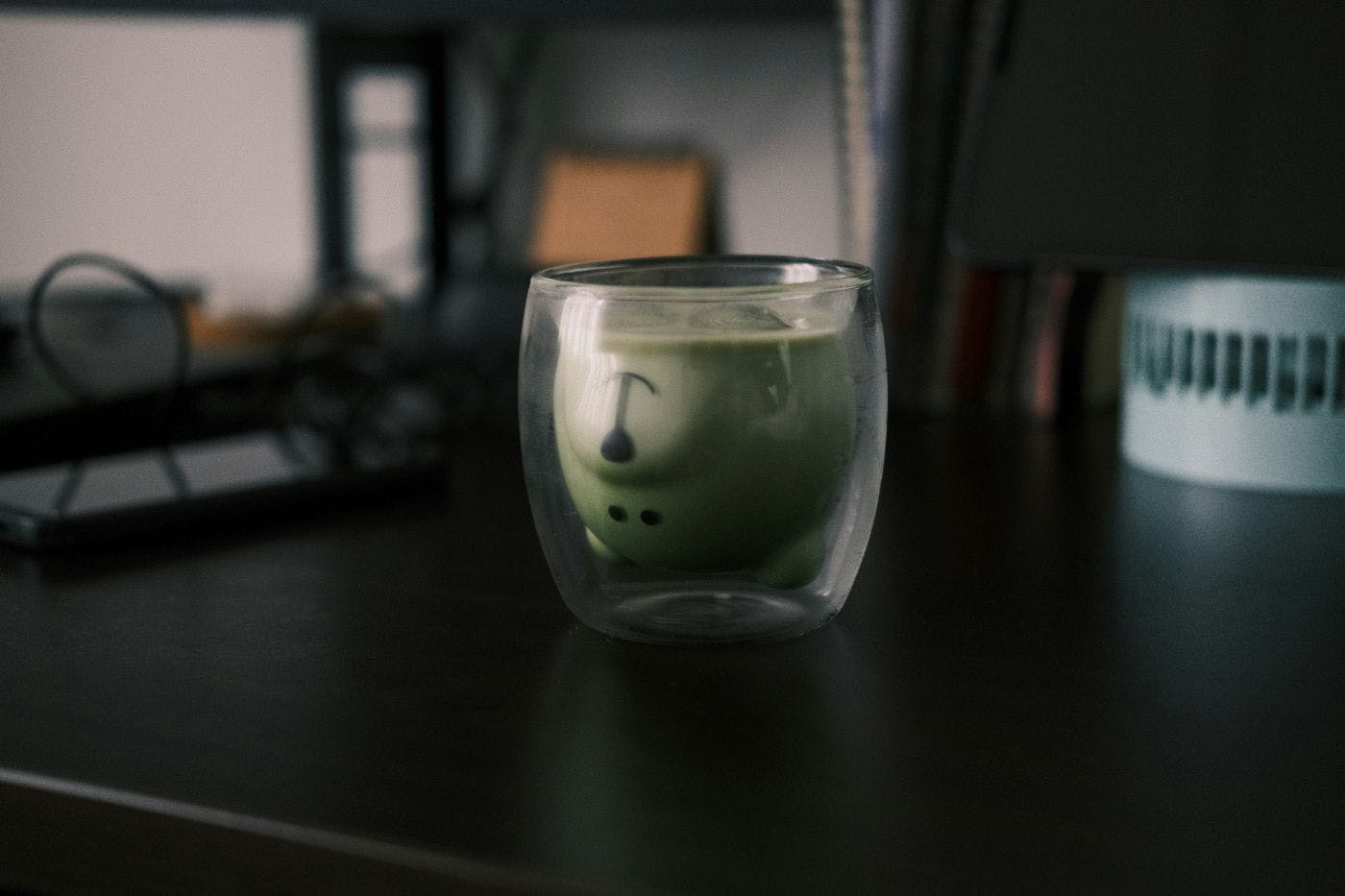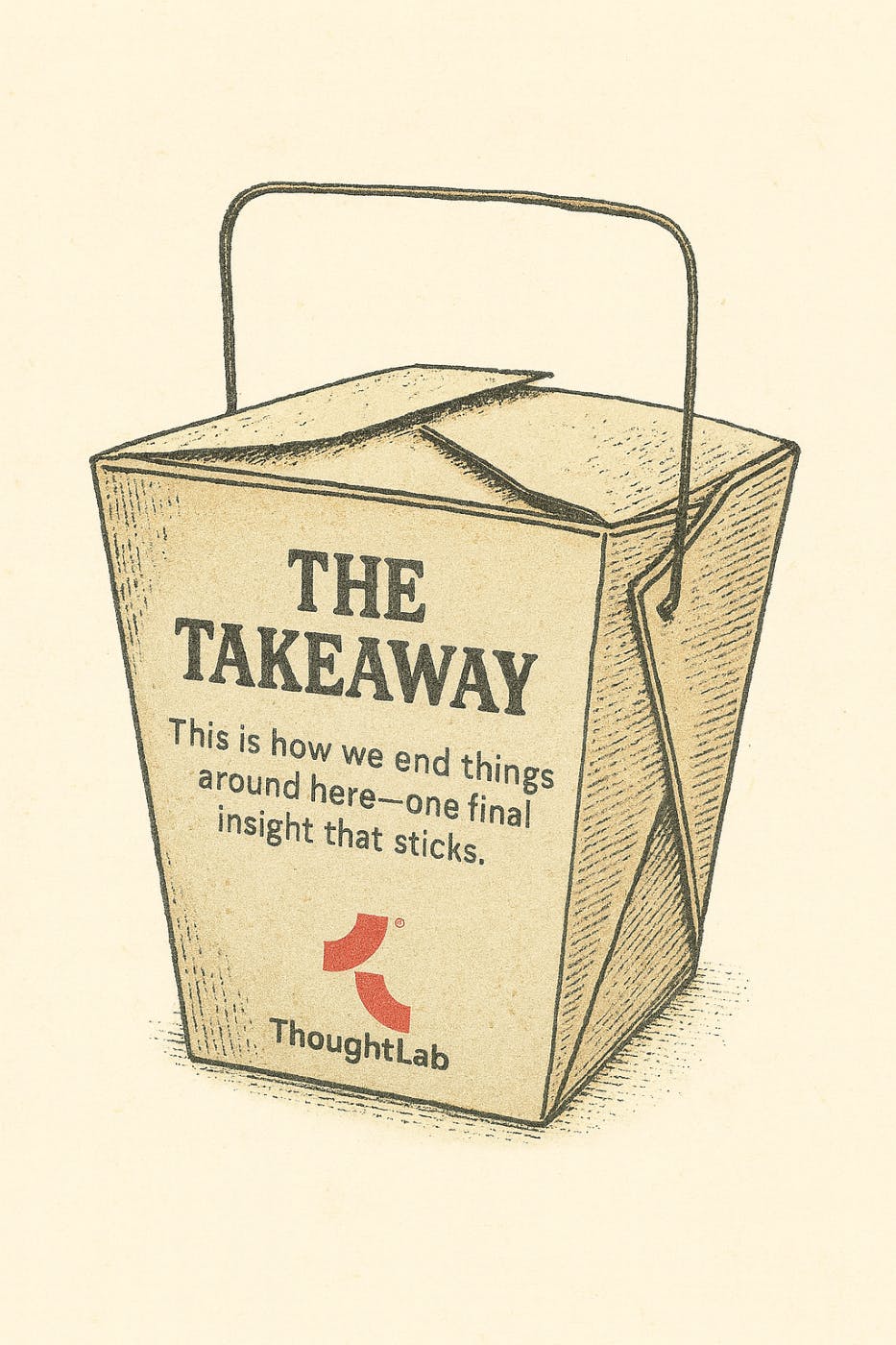
And that’s the point of words. They are here to allow us to communicate, and yet, they are clever and silly, obscure and misleading. Words are living, breathing creatures that can be tamed or explored in their tameless moods.
“Waits at the window/wearing a face that she keeps in a jar by the door.”
Okay, I have said this before, and I will continue to say it. I love words. All words. I don’t believe there are any bad words. Words are there being words. Not engaging in crimes, not bothering anyone, and then someone uses words like a weapon, sharper than a knife, and then those words are labeled as bad. But, despite religion and proper manners, and we aren’t that kind of family, no words are intrinsically bad.
The quote at the top of this piece from The Beatles’ song “Eleanor Rigby” and I love the line. Once I was watching an episode of Frasier, and Frasier asked Niles if he were stranded on a desert Island, what meal, aria, and bottle of wine would he want with him. In his delightfully upper-crust manner, Niles says, “The Coulibiliac of salmon at Guy Savoy, 'Vissi d'Arte' from Tosca, and the Château Neuf du Pape '47.” He ends with a smile and enormous self-pride. Frasier responds with, “You are SO predictable.”
It’s a funny bit in a very well-written, funny show. But it made me think. Aira? I have no idea, Queen of the Night from Magic Flute? I don’t even know if that’s a thing or if I just made that up. Someone check me on that? Meal, Gus’s famous fried chicken, and a PBR in one of their ice-encased mugs. And bottle of wine? Ripple? I have no idea, my palette went to community college. But if I had to choose a song, it would be Elenore Rigby, and it would be because of that lyric.
Imagining Elenore Rigby
I love the lyric because I could spend hours just allowing the images it conjures to play through my head. I picture the quiet Elenore opening a jar and pulling a full-formed face from it, stepping in front of a mirror, where we see she has no face, just a smooth, open facade, like a mannequin. She places the face on the facade and voila. She is. The lyric is open, and thus it allows for all sorts of interpretations. The obvious being the jar is some kind of cosmetic. We’ve all heard women say, gimme a minute to put my face on. They don’t literally mean they pull a face from the medicine chest and put it on their skull; they mean their makeup. So, that’s one way to look at it. But that’s not the only way to read it, nor should there be only one way.
And that’s the point of words. They are here to allow us to communicate, and yet, they are clever and silly, obscure and misleading. Words are living, breathing creatures that can be tamed or explored in their tameless moods. A face that she keeps in a jar by the door can mean cream; it can mean a literal face; that’s up to the reader. And that’s perfect.
When I asked AI, specifically ChatGPT, what the line meant, it gave me this: “That line—' wearing a face that she keeps in a jar by the door,' is a metaphorical or poetic way of describing someone who hides their true self behind a carefully curated mask or persona. Sure, that works. It’s clunky and unimaginative, but it works. It doesn’t leave the door open to the possibility that dear Elenore has faces all over the house, all over the town. She keeps this face at the church; it’s her church face. She has faces in the library and the grocery store. She has faces at the community pool and the hardware store. Nope, it’s a metaphorical way of describing someone who hides their true self. That’s the answer. That’s the standard for that kind of behavior, that kind of poetic thinking. They are hiding their true self. But why? Is she a spy? Is she a killer? Is she the secret mother of the woman who was just married, from whom she is now picking up the rice off the floor? Who knows, and according to AI, who cares. What they give you is a standard answer.

Words as Living Creatures
That’s the thing. When you sit down at your computer and you go to your choice of AI writing assistant and you type in, “I hate my sister-in-law, but it’s her birthday and I want something nice to write in the card.” Then the screen comes to life and paragraphs flood the empty space, and there you have the standard response, culled from millions of hours and thousands of workers pouring over the language and making sure you get the solid standard answer. You don’t think beyond, oh, thank God, this is perfect, and off you go to transfer the standard message from screen to Hallmark card. Done and done.
But language is not standard and AI is working hard ot make it so. In doing so, AI is removing our need for thought, it’s removing our imagination (Faceless, new on ABC. Dr. Elenore Rigby is the only person born without a face. She travels the world, applying new faces and new personalities on every adventure.) Maybe that could be what the lyric means. Or maybe not. The point is, we have the freedom to make whatever choice we want that lyric to mean. But AI is pushing us toward a standard. This is what it means, and nothing else matters.
But everything else matters.
If we allow our language, our communications, to be micromanaged and have a standardized way of using it, where is creativity? Where is personal expression? Where are the new words coming from/ If we make language a standard, we will have no creativity. No cap! People need the freedom to create the language anew all the time. Shakespeare is recorded as having introduced over 1,700 words to the English language. If you do that again, I am going to scream. Before people saw a production of Macbeth, no one had ever heard the word "scream" before. Now it is a word used daily by anyone who rides the subway.
Language was alive when Shakespeare gave us scream, when words were wild and new. Fast forward to today, and some brands treat words like pets in cages, safe and standardized. But what if brands dared to let words run free again?
Brands Wearing the Same Face
But think about it, what happens when brands try to play it safe, when they let the world of marketing dictate the words they can use? Suddenly, your shiny new idea isn’t shiny anymore. It’s a corporate version of a Halloween mask, stiff and uncomfortable, and everyone else is wearing the same mask. The creative life gets sucked out. You might as well have a company memo that says, “Please use the approved adjective list: innovative, reliable, trustworthy, results-driven. Repeat.” Boom. Predictable. Dead. Just like that.
I imagine brands walking around like Elenore Rigby, but instead of keeping a face in a jar by the door, they’re wearing the same face in every store, every tweet, every ad. Their “faces” are curated by committees, focus groups, or some AI that’s had enough brand guidelines shoved down its throat to last a thousand lifetimes. And yes, it works. Safe. Standard. But where is the poetry? Where is the imagination?
A brand is nothing without its language. Logos are great, sure. Packaging matters. But words? Words are the soul. They are what let people feel the brand before they even touch the product. And when words are standardized, the brand becomes a metaphorical IKEA shelf, assembled correctly, functional, and fine. But boring. And cold.
You know the emails I mean. The ones that land in your inbox with a subject line so generically cheerful that you wonder if it was written by a robot that had just discovered the word “exciting” and decided to abuse it? Or the copy in some social post that could have been written for any brand selling anything, ever? “We’re committed to excellence and dedicated to serving our customers.” Really? That could describe a toothbrush or a jet engine. And that’s the point: it describes nothing. Words standardized to the point of irrelevance are the enemy of a brand’s personality.
Here’s the thing: brands are supposed to be alive. They’re supposed to adapt, to surprise, to make people laugh, cry, think, or exclaim, “Ohhh, I get you.” But instead, they are often trapped in the endless loop of standardization. AI is great at this. Give it a prompt, and it will spit out something predictable, grammatically correct, perfectly bland. It won’t lie. It won’t invent. It won’t let you imagine a brand as a woman in front of a mirror, trying on faces for every occasion, one for Instagram, one for the homepage, one for customer service. Safe is easy. Safe is dull. Safe is forgettable.
I want to be clear: I’m not anti-AI. I think it’s fascinating. I’m just deeply concerned about the effect of letting AI and standardization dictate the very language we use for expression, whether we’re writing an ode to Eleanor Rigby or a campaign for a tech startup. The minute you start relying on a “safe” answer, you are slowly erasing the weird, the unexpected, the new.
And speaking of new, think about Shakespeare again. 1700 words he gave us. That’s not a typo. One man. He didn’t have a focus group. He didn’t have a marketing consultant. He was just playing. Inventing. Trying stuff. Half the time, he probably didn’t even know if it would stick. And stick it did. Scream? That subway moment? Thank you, William. You didn’t check the algorithm; you just threw words at the world and let people catch them, trip over them, or fall in love with them. That’s how language grows. That’s how brands grow.
Now imagine a brand with Shakespeare’s freedom. Imagine a brand allowed to play in the sandbox of language with reckless abandon, knowing that some words will resonate and others will flop spectacularly. Imagine ads that don’t just say, “we care” or “we innovate” but ads that make you stop and think, laugh, or shiver a little. Ads that leave you asking, “What the hell is this brand even doing?” because the answer is not obvious, and the mystery is delicious. That’s alive. That’s real. That’s language doing what it was made to do.
And yet, here we are, in 2025, and the world of branding is teetering on the edge of safe. The AI revolution promises speed, efficiency, and yes, a kind of democratization of copy. Everyone can generate something that works. Everyone can produce language that’s “correct.” But when correct becomes the standard, interesting becomes the casualty. And the brands? They become faceless. Like Elenore Rigby, without her jar of faces, without her mystery. Plain Jane, bland, forgotten by the time the weekend rolls around.

Faces in Jars: The Brand Metaphor
Imagine if brands treated their language like Elenore Rigby treats her faces. Every store, every platform, every campaign could have its own face. Maybe one is cheerful and bright, another mysterious and moody, another wildly sarcastic, because why not? Instead, most brands wear the same mask everywhere, every time, until it becomes invisible. Safe. Forgettable. Predictable.
Picture this: a brand walks into a room. Its homepage face is polite, eager to please. Its Instagram face is winking, meme-ready, full of emoji charm. Its customer service face is reassuring, almost nurturing, because someone decided that people respond best to “warm professionalism.” And in the newsletter? The face is so neutral it could belong to a law firm, a yogurt company, or a mattress brand. None of them sticks in memory because they are all wearing the same mask too often.
What if brands could collect faces like jars in a pantry, trying them on, swapping them, seeing which resonates, which surprises, which makes someone laugh or cry or scream? One brand might have a pirate face for a daring new product launch. Another might have a librarian face, stern and wise, for a policy update. And maybe a clown face for social media, just to remind people that, yes, this company can have fun.
The possibilities are endless, but standardization kills them. AI loves standardization. Committees love standardization. Focus groups love standardization. And safe, predictable language? It’s the antithesis of imagination. A brand can only truly surprise, delight, and connect when it lets its words run free, when it experiments, when it plays.
And yes, some faces won’t work. Some will flop spectacularly. That’s the point. Shakespeare didn’t test every word in front of a focus group. He threw them at the world and let them stick, or fall flat. Brands can do the same. They can push boundaries. They can risk sounding ridiculous. They can sound human.
Because humans don’t want a brand that always plays it safe. Humans want character. Humans want quirks, flaws, voice, and surprise. A face in a jar, chosen and placed with care, creates personality. Multiple faces create a universe. And that, friends, is what makes a brand unforgettable.
Trying on Faces
Imagine a brand as a person standing in front of a mirror, jars lined up on the shelf behind them. One jar contains “the enthusiastic face,” bright, cheery, perfect for Instagram posts. Another holds “the thoughtful face,” serious and considered, ideal for long-form content or policy announcements. There’s a “rebel face” for experimental campaigns, a “friend next door face” for customer service, and maybe even a “wild card face” that no one expects, just to remind people the brand has a sense of humor.
Most brands, though, don’t do this. They reach for the same mask every day. Homepage, social media, newsletter, press release, same face, same tone, same carefully approved adjectives. Predictable. Forgettable. Comfortable, yes. But dead. It’s like putting a parrot in a cage and expecting it to sing anything new.
Now, let’s be honest: not every face is going to stick. Maybe the “rebel face” accidentally offends someone. Maybe the “wild card face” confuses your audience. And that’s okay. It’s part of experimenting with language and personality. Risk is unavoidable if you want to stand out. Humans connect with imperfection, surprise, and unpredictability. They notice when a brand dares to be human, to play, to shift its tone depending on context.
Here’s where the shift happens: the fun of trying on faces isn’t just about whimsy. It’s about strategic creativity. Each “face” must align with the brand’s values, its story, and the expectations of the audience in that context. You can have a pirate face for a product launch, but it still has to feel like it’s coming from the same brand that sent the librarian face last week. The faces are different, but the underlying identity, the reason people trust and remember the brand, remains consistent.
So the experiment becomes deliberate. Language becomes a playground, but not a free-for-all. Every word, every tone, every “mask” the brand wears is a choice. Some choices will delight, some will confuse, some will fail spectacularly—and that’s where the magic happens. Because when a brand experiments with language, it reminds people it’s alive. It’s human. It’s capable of surprise.
Trying on faces is how brands stay memorable, how they avoid fading into the gray sea of safe, standardized language. It’s how they let words breathe, how they let imagination shape communication. This is the bridge between playful creativity and strategic clarity: you explore, you risk, you experiment—and you always do it with purpose.

The Takeaway
So here it is: language is alive. Words are not just tools; they are living, breathing creatures that carry meaning, emotion, mischief, and power. They can surprise you. They can make you laugh, make you scream, make you feel something you didn’t expect. And brands? Brands need that life. They need words that move, change, experiment, and yes, sometimes fail spectacularly.
If a brand wears the same face every day, in every place, it becomes invisible. Predictable. Forgettable. Safe is not memorable. Safe does not inspire. Safe does not make people lean in and say, “Ohhh, I get you.” The brands that stand out are the ones willing to try on faces, to play, to risk sounding ridiculous, to let their language stretch and breathe and evolve.
Remember Elenore Rigby, standing in front of the mirror with her jar of faces. Each face she chooses tells a story, creates a character, and evokes curiosity. Brands can do the same. One campaign can be bold and brash. One social post can be quiet and tender. One newsletter can be sarcastic. One website page can be poetic. The faces are different, but the essence of the brand—the soul behind the masks—remains.
You don’t need AI to tell you what’s “correct.” You don’t need focus groups to validate creativity. You need curiosity, courage, and a willingness to experiment. You need to play with language the way Shakespeare did, the way we do when we’re alive to possibility. Words are alive, brands are alive, and the more you let them roam, the more unforgettable they become.
So go ahead. Open the jar. Try on a new face. Let words surprise you. Let language breathe. And let your brand be alive in a way no algorithm, no committee, no rulebook could ever make it. At ThoughtLab, we’ve seen firsthand how brands that embrace this freedom—brands that experiment boldly with language, tone, and personality—stand out, connect deeply with their audiences, and create ecosystems of engagement that last. That’s the power of words when they’re alive.

